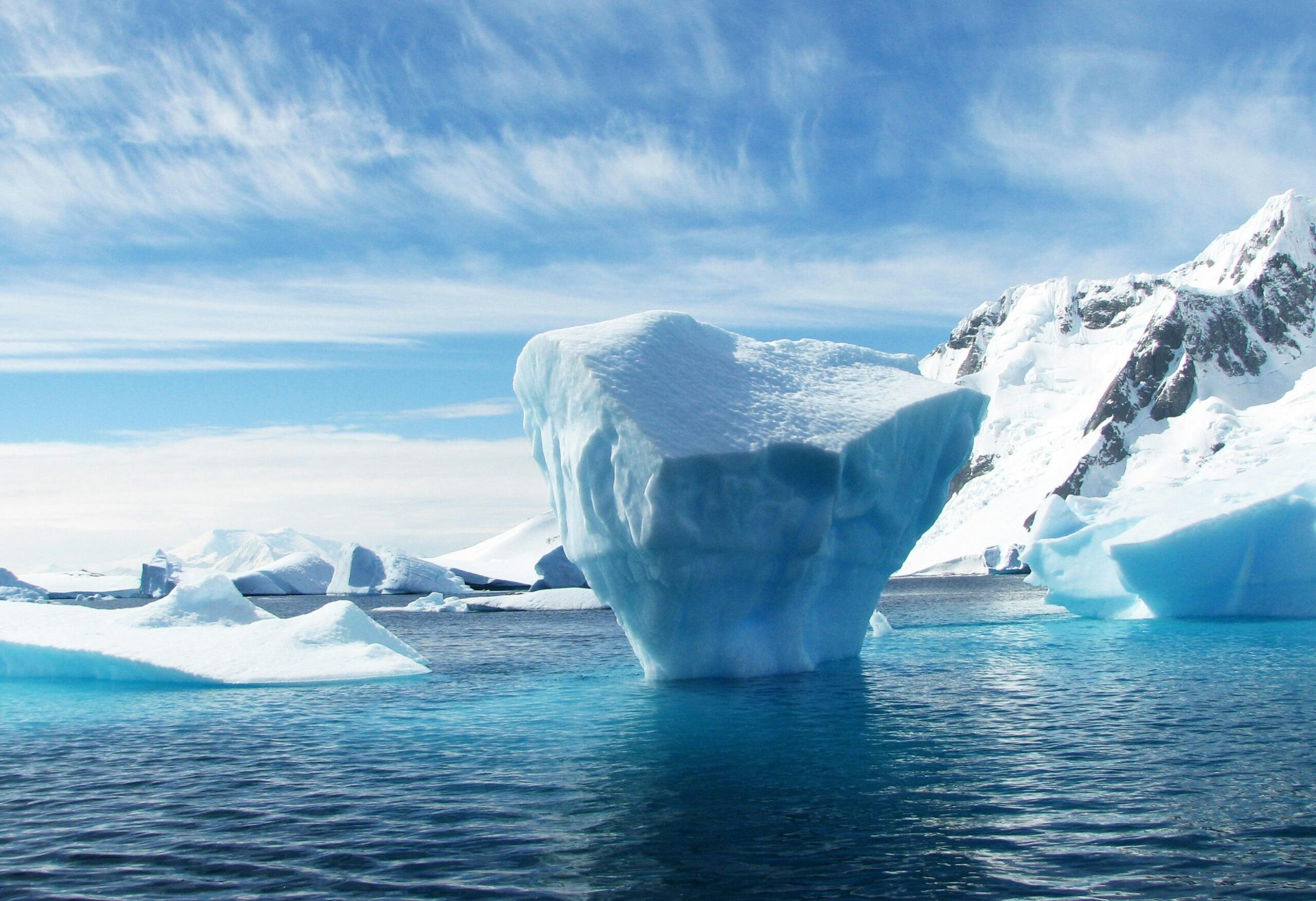The Antarctic polar vortex is a powerful, persistent, and dynamic system of westerly winds circulating around the Antarctic continent. Formed during the austral winter, it acts as a barrier, trapping cold air in the region and regulating the exchange of air masses between the poles and other parts of the world. These winds play a critical role in maintaining the climatic equilibrium of the Southern Hemisphere.
The Structure of the Polar Vortex
The Antarctic polar vortex consists of two layers: the lower stratospheric vortex and the tropospheric vortex. While the stratospheric vortex is stronger and more stable, the tropospheric vortex is prone to fluctuations. Both layers interact closely, influencing weather patterns across hemispheres. Understanding these layers is essential to assessing the broader impact of a polar vortex shift.
Seasonal Variations
The polar vortex strengthens during winter, peaking in intensity by August. As summer approaches, the system weakens and becomes less defined. However, disruptions or significant changes in this seasonal cycle can trigger drastic climatic responses.
Factors Leading to a Polar Vortex Shift
Polar vortex shifts occur due to a variety of natural and anthropogenic factors. Their understanding is crucial to mitigating global climate disruptions.
Climate Change
Global warming, driven by greenhouse gas emissions, has direct implications for the stability of the polar vortex. Rising surface temperatures weaken the temperature gradient between the poles and equator, making the vortex more susceptible to displacements.
Ozone Depletion
Historically, ozone depletion above Antarctica has contributed to changes in the vortex’s behavior. The ozone hole reduces stratospheric temperatures, strengthening the polar vortex in winter. While recovery efforts have improved ozone levels, lingering effects persist.
Oceanic Influences
The Southern Ocean, encircling Antarctica, exerts significant influence on the vortex through heat and moisture exchanges. Changes in oceanic currents, such as those driven by the El Niño-Southern Oscillation (ENSO), directly impact the vortex’s strength and positioning.
Global Impacts of an Antarctic Polar Vortex Shift
A disruption or shift in the polar vortex can have widespread repercussions for both the Southern and Northern Hemispheres. These impacts are felt through alterations in global weather patterns, ecological systems, and human activities.
Disrupted Weather Patterns
The polar vortex influences jet streams, which determine storm tracks and weather systems. When the vortex shifts, it can lead to unseasonal and extreme weather conditions, including severe storms, prolonged droughts, and heatwaves.
South Hemisphere Anomalies
Countries in the Southern Hemisphere, particularly Australia, South America, and parts of Africa, are vulnerable to the fallout of an Antarctic polar vortex shift. Changes can result in unpredictable rainfall patterns, increased bushfire risks, and altered agricultural cycles.
Northern Hemisphere Ripples
While the primary impacts are localized to the Antarctic region, the interconnectedness of Earth’s climate systems ensures that these changes influence Northern Hemisphere conditions as well. The weakened jet stream can lead to prolonged cold spells or uncharacteristically warm winters in temperate zones.
Ocean Circulation and Sea Level Rise
Disruptions in the polar vortex affect ocean circulation patterns, such as the thermohaline conveyor belt. Melting polar ice accelerates these changes, causing sea levels to rise and threatening coastal communities globally.
Impacts on Biodiversity
Antarctica’s unique ecosystems, including species like krill, penguins, and seals, are finely tuned to its climate. Any shifts in temperature or ice distribution caused by a vortex disturbance can disrupt these ecosystems, with cascading effects on global biodiversity.
Future Projections and Mitigation Strategies
Proactive measures to understand and mitigate the impacts of polar vortex shifts are essential for global stability.
Research and Monitoring
Satellite imagery and climate models provide valuable tools for studying vortex behavior. Expanded monitoring networks can predict changes more accurately and inform adaptive strategies.
Reducing Greenhouse Gas Emissions
Lowering emissions is crucial for mitigating the broader effects of climate change, including polar vortex shifts. International cooperation and adherence to agreements like the Paris Accord are vital.
Strengthening Ecosystem Resilience
Protecting and restoring ecosystems helps buffer against environmental changes. Biodiversity hotspots need prioritization, both within Antarctica and across the globe.
Enhancing Public Awareness
Education and awareness campaigns highlight the far-reaching consequences of polar vortex shifts, encouraging collective action and policy support.
Conclusion
The dangers of Antarctic polar vortex shifts cannot be understated. From altering global weather systems to threatening biodiversity, the impacts resonate across the planet. However, with informed actions and international collaboration, it is possible to address these challenges effectively.
Read more about science here
Image credits https://www.pexels.com

